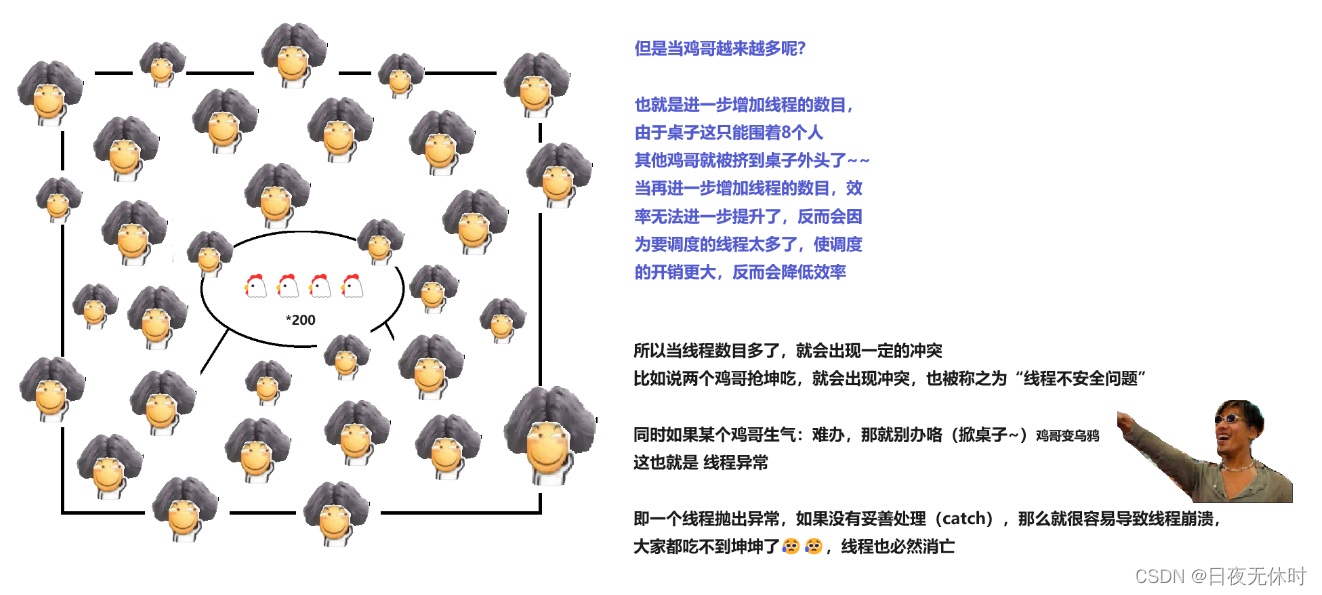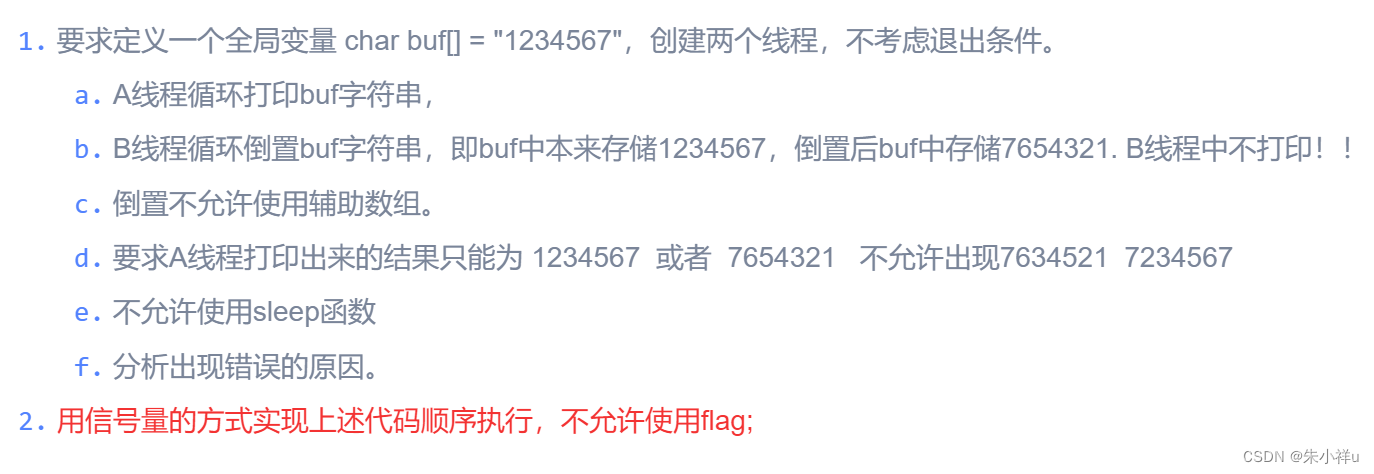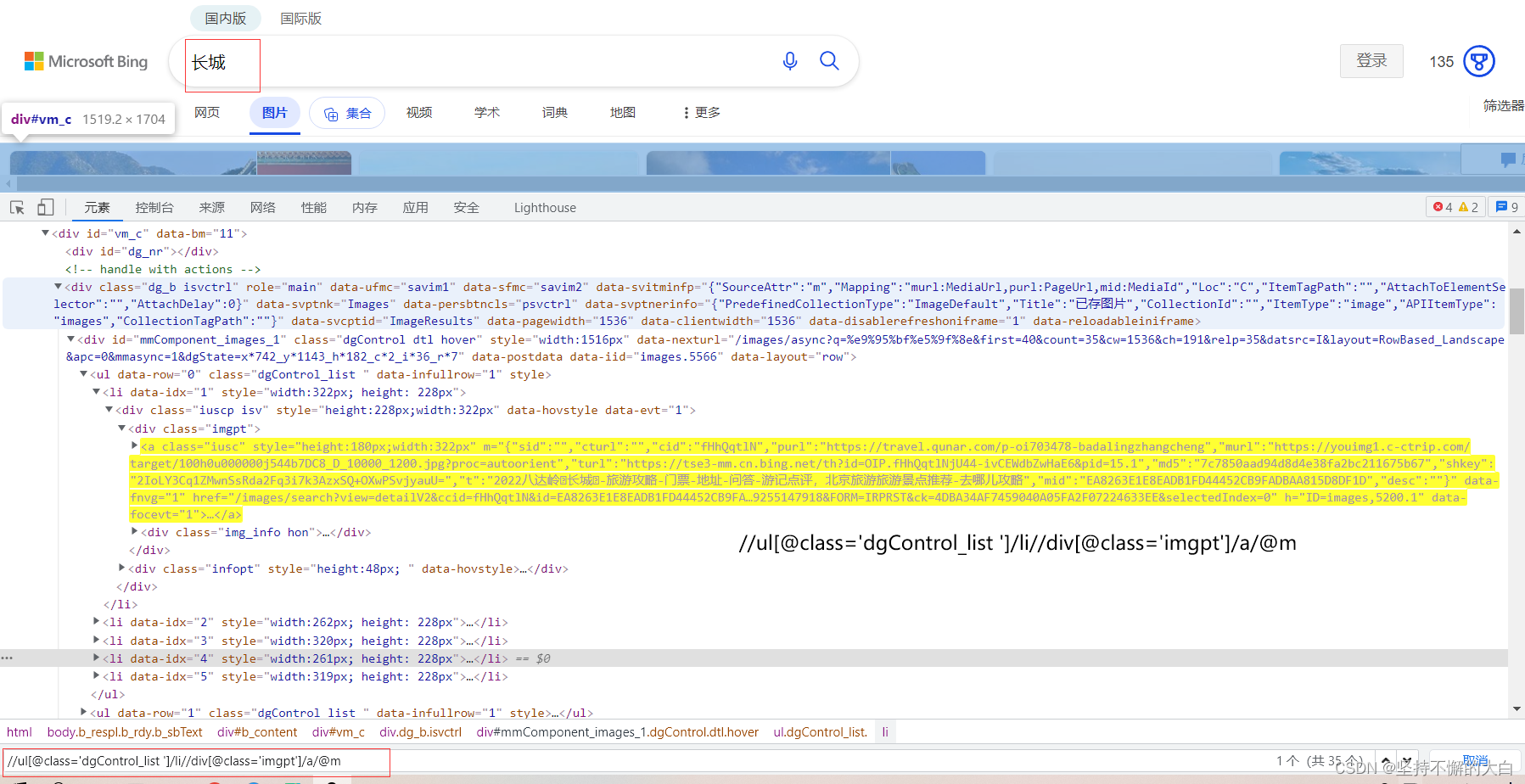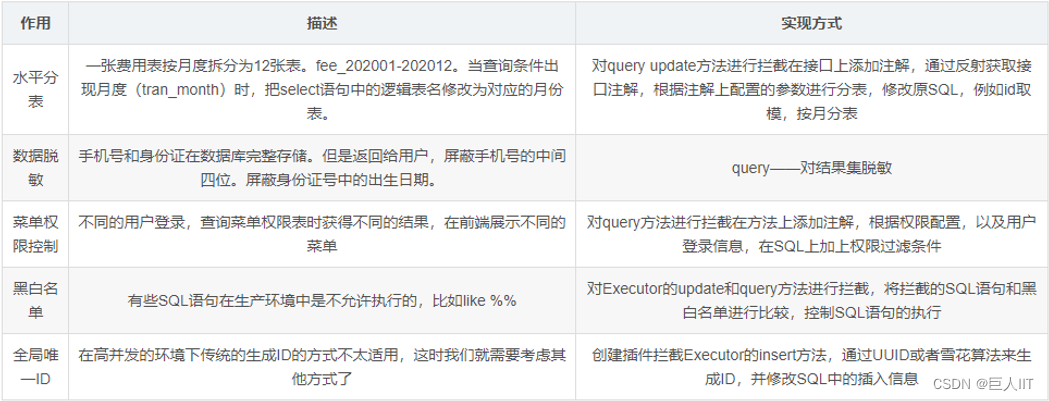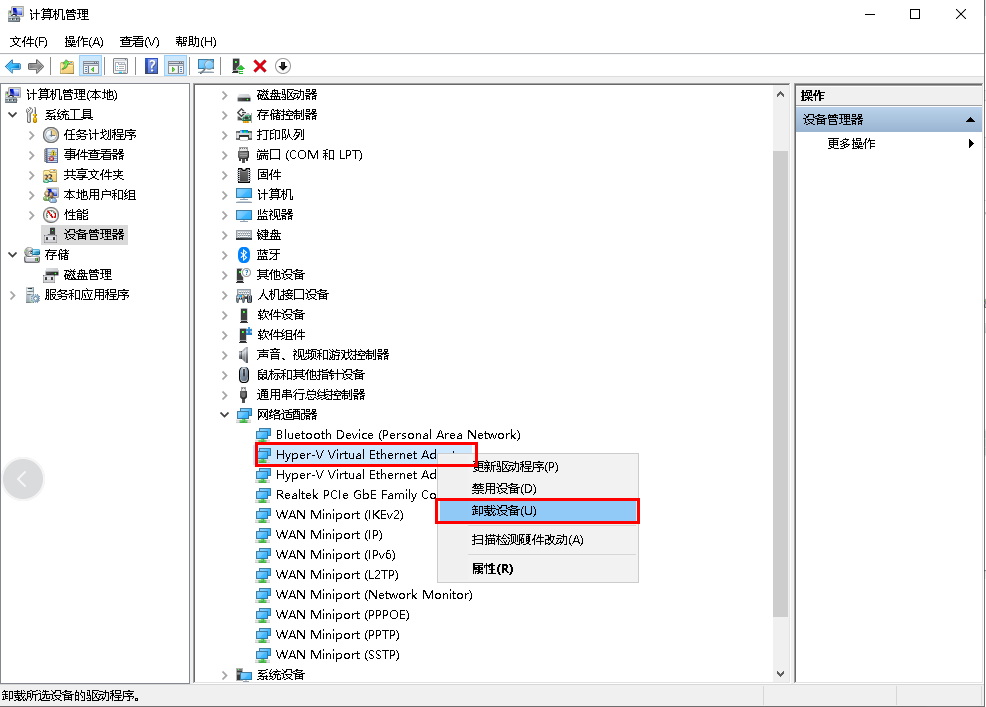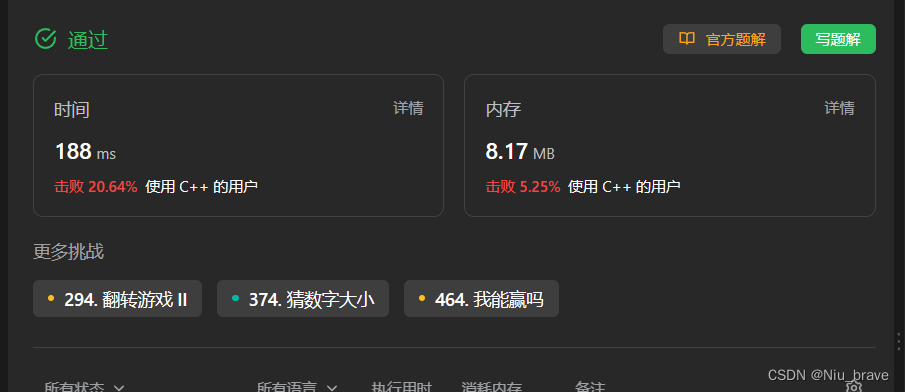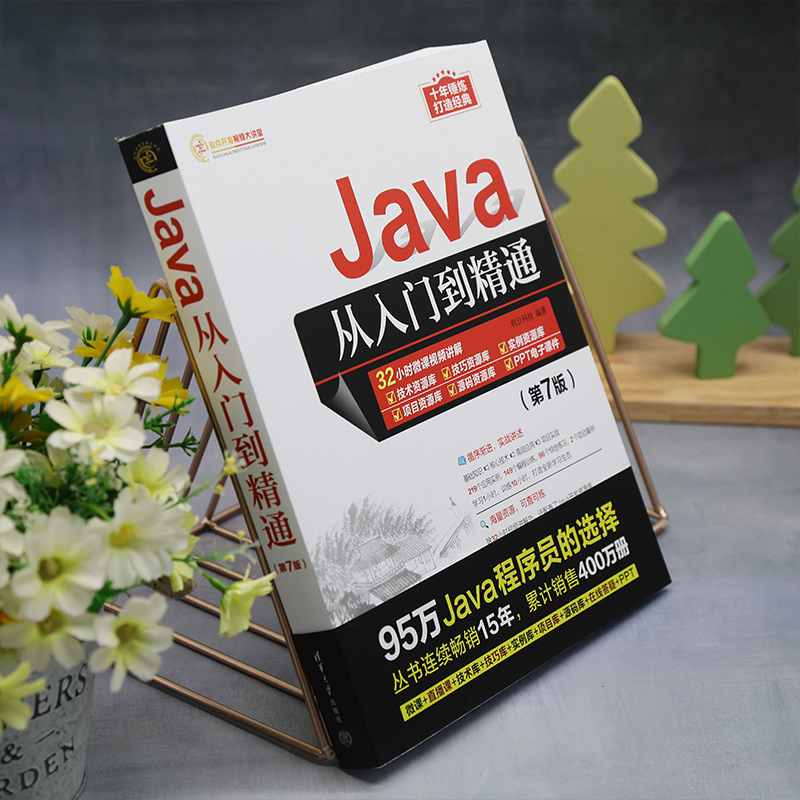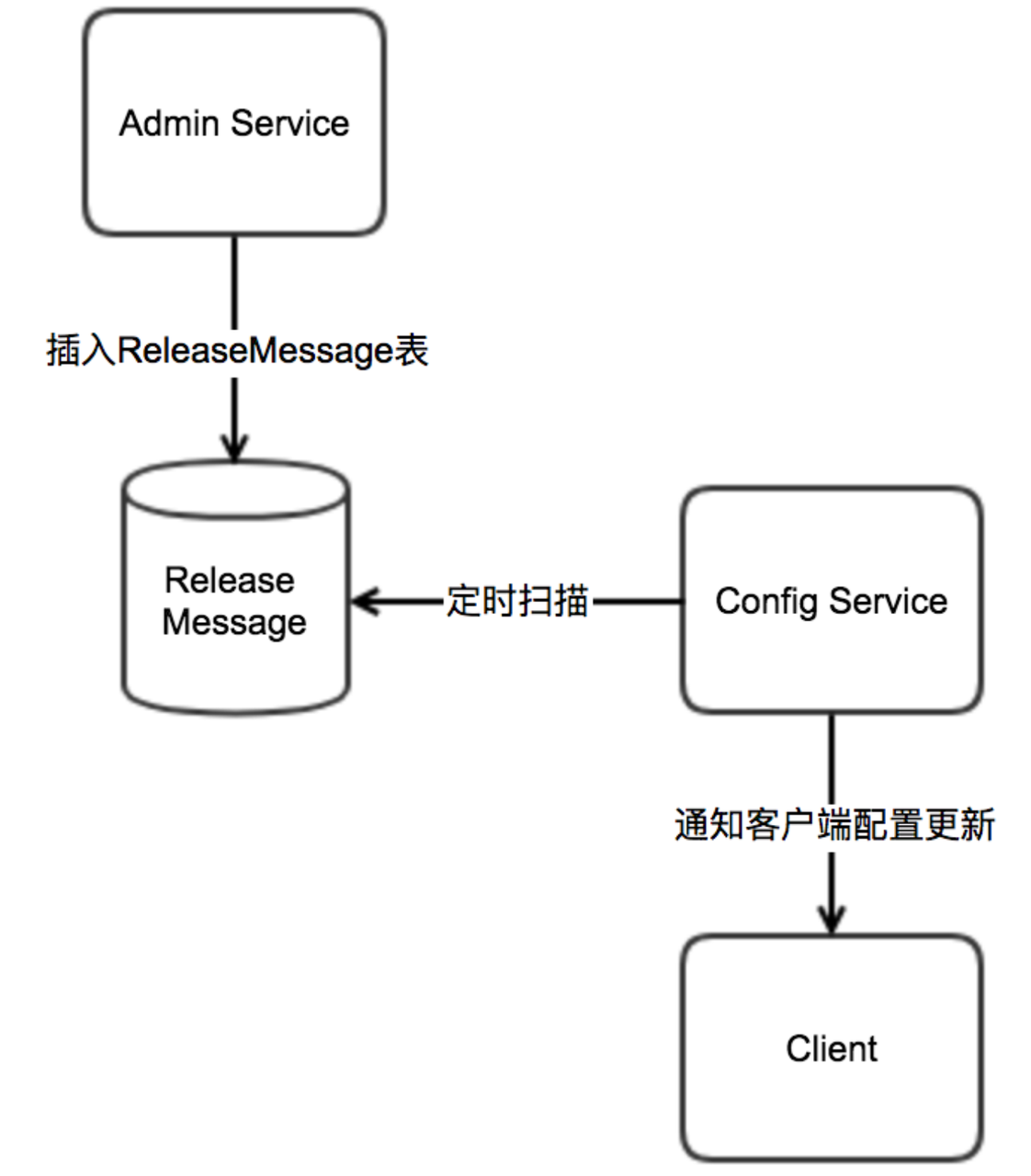简介: CSDN博客专家,专注Android/Linux系统,分享多mic语音方案、音视频、编解码等技术,与大家一起成长!
优质专栏:Audio工程师进阶系列【原创干货持续更新中……】🚀
人生格言: 人生从来没有捷径,只有行动才是治疗恐惧和懒惰的唯一良药.

1.前言
本篇目的:理解C++之ostream函数operator<<、operator=、put、write、tellp、seekp、flush、swap用法。
-
operator<<: 重载输出运算符,用于向ostream对象写入数据。例如:cout << "Hello, World!"。
-
operator=: 重载赋值运算符,用于将一个ostream对象的状态赋值到另一个ostream对象。
-
put: 将一个字符写入ostream对象。
-
write: 将一定数量的字节从指定的内存地址写入ostream对象。
-
tellp: 返回当前写指针的位置,即当前写入的位置。返回的是一个streampos类型的对象。
-
seekp: 将写指针移动到指定的位置,以便进行随机访问写入。可以使用seekp(pos)将写指针设置为指定位置,或者使用seekp(offset, origin)根据偏移量和起始位置移动写指针。
-
flush: 清空输出缓冲区,确保所有待写入的数据被立即写入目标设备。
-
swap: 交换两个ostream对象的内容。
2.应用实例
1. operator<<:用于将数据插入到输出流中。它通过重载操作符<<来实现,常用于将各种数据类型输出到流中。例如:
#include <iostream>
int main() {
int num = 10;
std::cout << "The number is: " << num << std::endl;
return 0;
}
2. operator=:用于将一个流对象的属性值赋值给另一个流对象。例如:
#include <iostream>
int main() {
std::ostream obj1(std::cout.rdbuf());
std::ostream obj2(std::cerr.rdbuf());
obj2 = obj1;
obj1 << "This will be printed on standard output." << std::endl;
obj2 << "This will be printed on standard error." << std::endl;
return 0;
}
3. operator!:用于检查流是否发生了错误。它返回true表示流发生了错误,返回false表示流没有发生错误。例如:
#include <iostream>
int main() {
std::ofstream file("example.txt");
if (!file) {
std::cout << "Error opening file." << std::endl;
} else {
file << "Writing data to the file." << std::endl;
file.close();
}
return 0;
}
4. put:用于将一个字符插入到输出流中。它接受一个字符参数,并将该字符插入到流中。例如:
#include <iostream>
int main() {
char ch = 'A';
std::cout.put(ch);
return 0;
}
5. write:用于将一定数量的字符写入到输出流中。它接受一个字符数组和一个长度参数,并将该字符数组中的字符写入到流中。例如:
#include <iostream>
int main() {
char buffer[] = "Hello World!";
std::cout.write(buffer, sizeof(buffer) - 1);
return 0;
}
6. tellp:用于获取当前的写入位置。它返回一个流位置类型的值,表示当前写入位置的偏移量。例如:
#include <iostream>
int main() {
std::ofstream file("example.txt", std::ios::app);
file << "This is a line of text." << std::endl;
std::streampos pos = file.tellp();
std::cout << "Current write position: " << pos << std::endl;
file.close();
return 0;
}
7. seekp:用于设置写入位置。它接受一个流位置类型的值,表示要设置的写入位置的偏移量。例如:
#include <iostream>
int main() {
std::ofstream file("example.txt", std::ios::app);
file << "First line" << std::endl;
std::streampos pos = file.tellp();
file.seekp(pos);
file << "Second line" << std::endl;
file.close();
return 0;
}
8. flush:用于刷新输出流。它会清空输出流的缓冲区,将缓冲区中的内容立即写入到输出设备。例如:
#include <iostream>
#include <thread>
int main() {
std::cout << "Flushing ";
std::this_thread::sleep_for(std::chrono::seconds(1));
std::cout.flush();
std::cout << "done." << std::endl;
return 0;
}
9. swap:用于交换两个流对象的属性值。它接受一个流对象作为参数,并将调用它的对象与参数之间的属性值进行交换。例如:
#include <iostream>
int main() {
std::ostream obj1(std::cout.rdbuf());
std::ostream obj2(std::cerr.rdbuf());
std::swap(obj1, obj2);
obj1 << "This will be printed on standard error." << std::endl;
obj2 << "This will be printed on standard output." << std::endl;
return 0;
}




